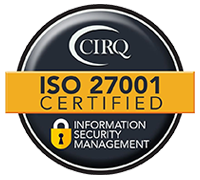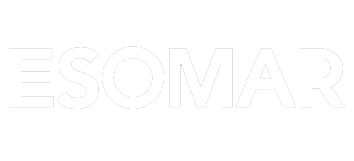Renee’s Takeaways – Quarterly Roundup
- Methodologies – There is no one-size fits all when it comes to methodology for your research. While focus groups definitely have their place and are necessary, we’re seeing more and more companies using behavioral methodologies such as in-home interviews, or video diaries, etc. to be able to capture those “in the moment” elements that you may not catch otherwise. People tend to act and respond more naturally in their own environment.
- Qualitative recruiting – There are steps YOU can take as a researcher to improve the quality of recruiting coming from your partners! It all starts with project design. Clearly defined research questions, and a clear expectation of what you are hoping to find out from the data that is collected. This will lead to clearly defined specifications as far as “who” you would like to speak to, and will provide the basis of the questions you will ask in your screener. The more heavy lifting done on the front end, the more it will help ensure truly qualified respondents on the back end.
- The future of MR data collection/analysis – Is the future of MR data collection and analysis all about quick and dirty? Yes, to an extent. While it seems that clients are looking to do the research faster, and get the results faster, when it comes to the analysis of the data collected, the human element is still very important in order to be most accurate. There are ranges of emotion and detail that software platforms are not able to detect and accurately identify. If that is understood, and taken into consideration, then a fully automated process could work. Otherwise, people power is still needed!
- Screener development – As we already know, a streamlined, well written screener is going to produce better respondents! A few things I’ve learned to be effective along the way are the following –
- Keep it short and sweet! The main goal here is to be sure that the person qualifies for the upcoming research, not to find out all of the information you need to know in advance of the research. Use the screener for the important qualifying questions, dig deeper during your research.
- Try to ask easy questions that are likely to disqualify early on before getting to the meat. This will help the recruiting process go faster.
- If there is a typing tool/algorithm that goes along with your screener, suggest to your recruiting partner that they run potential respondents through the tool first. If they are not the desired segment, or one of the desired segments, why continue? Just another way to expedite the process.
- A subject not related to MR at all! – Here at L&E, we have an internal learning system which is meant for both professional and personal enrichment alike. When I come to a module that I particularly enjoy, I like to share it! This particular module was about happiness. It is largely thought that success will lead to happiness, when it has been studied that it is actually the other way around. Happy people are more productive, more creative, and able to have richer, more meaningful relationships! These things are successes in and of themselves, and there are several small things one can do to inspire happiness in themselves and in others. Just a few of my favorites include the following – 1) Express gratitude. Take a few minutes each day to think about a few things you are grateful for. 2) Practice random acts of kindness. Do something nice for someone, it makes them feel good, and you feel even better! 3) Appreciate the little things. Don’t forget to stop and smell the roses!
Until next time!
Your Research Design Engineer at L&E,
Renee Wyckoff










